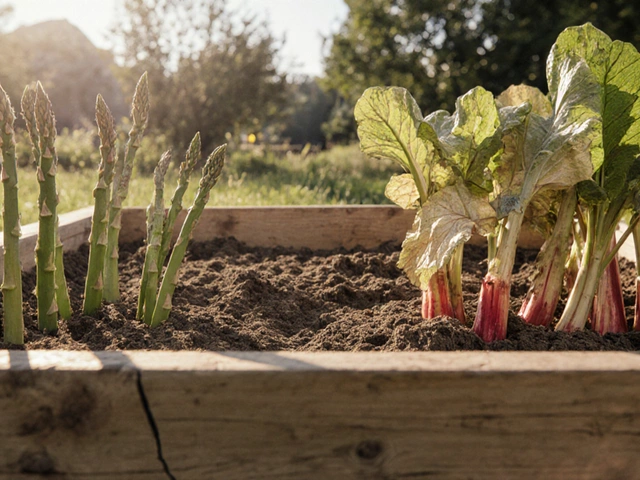Fruit Trees on a Balcony – Grow Fresh Fruit in Small Spaces
If you think balconies are only for chairs and flowers, think again. You can actually grow fruit trees right on your balcony and enjoy home‑grown mangoes, lemons, or even pomegranates. All you need is the right tree, a good pot, and a few easy habits. Let’s get straight to what works for Indian homes.
Choosing the Right Fruit Tree
First, pick a tree that stays small and likes containers. Dwarf varieties of mango, citrus (like lemon or orange), pomegranate, and lychee are popular because they stay under 6‑8 feet tall. Look for “dwarf” or “compact” on the plant label. If your balcony gets a lot of sun, go for a citrus; if it’s a bit shady, try a dwarf banana or fig.
Next, match the tree to your climate. In hot plains, pick heat‑tolerant types like Indian guava or sapodilla. In cooler hill areas, consider sweet lime or dwarf peach. A local nursery can tell you which dwarf cultivars survive in your zone.
Caring for Your Balcony Fruit Tree
Pot size matters. Start with a 15‑20 liter pot for a young tree and move to a 30‑40 liter pot once it’s established. Use a pot with drainage holes and add a layer of broken pottery or gravel at the bottom to prevent soggy roots.
Soil should be light and well‑draining. Mix garden loam, compost, and coarse sand in equal parts. Adding a handful of perlite boosts aeration, which is key for fruit trees in containers.
Watering is a daily habit in summer and every 2‑3 days in cooler months. Stick your finger into the soil; if it feels dry an inch down, water until it drips out the bottom. Avoid letting the pot sit in a tray of water – that rots roots fast.
Fertilize every month with a balanced NPK (10‑10‑10) fertilizer or a fruit‑tree specific mix. In the growing season, add a splash of organic compost or well‑rotted manure to boost fruit set.
Pruning keeps the tree tidy and encourages fruit. Trim any crossing branches and cut back the top to maintain a manageable height. After the first harvest, thin out some of the fruit to let the remaining ones grow bigger.
Pollination can be a hitch if you only have one tree. Hand‑pollinate by gently brushing a soft brush across each flower in the morning. This mimics buzzing bees and helps set more fruit.
Finally, protect your tree from strong winds. Place the pot against a wall or use a windbreak screen. A small shade cloth in the hottest afternoon can prevent leaf scorch without cutting too much light.
With these simple steps, your balcony can become a mini orchard. Watch the buds turn to fruit, enjoy the fresh scent, and taste the difference of home‑grown produce. Happy balcony gardening!
Top Fruit Trees for Balcony Gardens: Easy and Delicious Options
Transforming a balcony into a flourishing garden space can bring joy and fresh produce to your doorstep. Selecting the right fruit trees for your balcony garden can be a rewarding endeavor. With careful choices like dwarf fruit varieties, you can enjoy bountiful harvests even in limited spaces. Here is everything you need to know to get started on growing fruit trees on a balcony.
About
Balcony Gardening
Latest Posts


Why Wash Rice Before Cooking? The Real Reasons Revealed
By Alden Thorne Jun 20, 2025

Best Outdoor Plant for the Lazy Gardener: Bougainvillea
By Alden Thorne Mar 21, 2025

Unveiling the Supreme Superfood: A Guide to Vegetable Gardening in India
By Alden Thorne Feb 1, 2025

